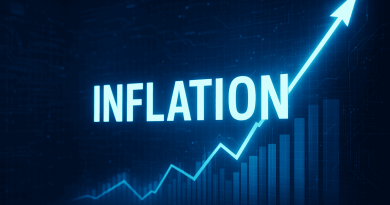Trump Tariff Dividend Plan Sparks Major Economic Debate
- President Donald Trump recently declared that most Americans will receive a $2,000 payment funded directly by U.S. tariff revenues. Trump claims the United States is collecting “trillions of dollars” in tariffs and plans to use those funds to reward citizens while reducing national debt. High-income earners would be excluded from the payments, positioning the program as middle-class focused.
- Trump defended his tariff strategy against critics, insisting the U.S. has become the “richest, most respected country in the world,” pointing to record stock market levels and strong 401(k) performance. He’s positioning tariffs not just as a trade tool, but as a revenue engine powerful enough to finance direct household payments.
- The tariff dividend relies on sustained tariff revenue to fund recurring payments. Economists warn of several risks: higher tariffs could increase costs for U.S. manufacturers, accelerate offshoring, or squeeze smaller firms dealing with pricier imported materials. These pressures might trigger bankruptcies in supply-chain-dependent industries and push companies to relocate operations abroad. While Trump presents tariff income as stable national profit, analysts point out that tariff revenue fluctuates with trade volumes, making long-term budgeting and debt reduction uncertain.
- Trump’s messaging emphasizes national strength through stock market highs and rising retirement account values. However, policy specialists note that splitting tariff revenue between debt reduction and household payments may require tough trade-offs, especially if collections slow or trading partners retaliate with countermeasures that reduce import levels.
- As the $2,000 tariff dividend proposal moves forward, financial markets, policymakers, and industry groups will assess whether tariff revenue can reliably support such a program. The announcement represents a significant shift in how tariffs are framed—from protective trade tool to funding mechanism for direct economic payments—setting up a major debate over sustainability and long-term economic impact.
Source: Walter Bloomberg



